On Wednesday evening (16 Aug), 32 Hawksbill turtle hatchlings were safely guided and released back to the sea at East Coast Park by NParks officers and members of the public.
Here's a clip showing the babies moving at the shore of East Coast Park (ECP):
[video width="400" height="220" mp4="https://static.mothership.sg/1/2017/08/20897516_501559923512722_7246651954921734144_n.mp4"][/video]
Look at how each of them paddled their best, adorably yet still kinda clumsy-looking, towards the water.
This is how they look like:
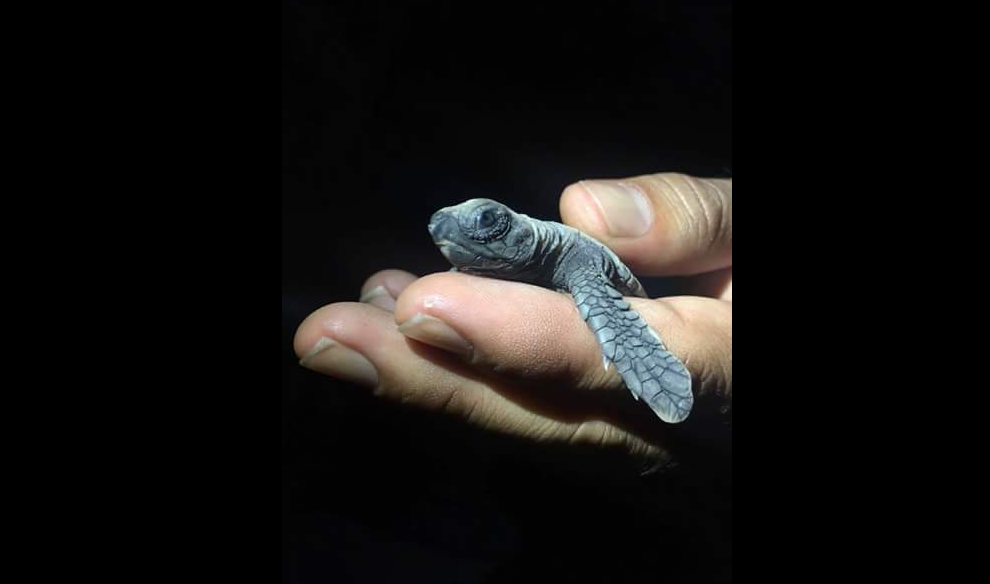
D'awwwww.
Here's another picture from ACRES, of another batch three years ago:
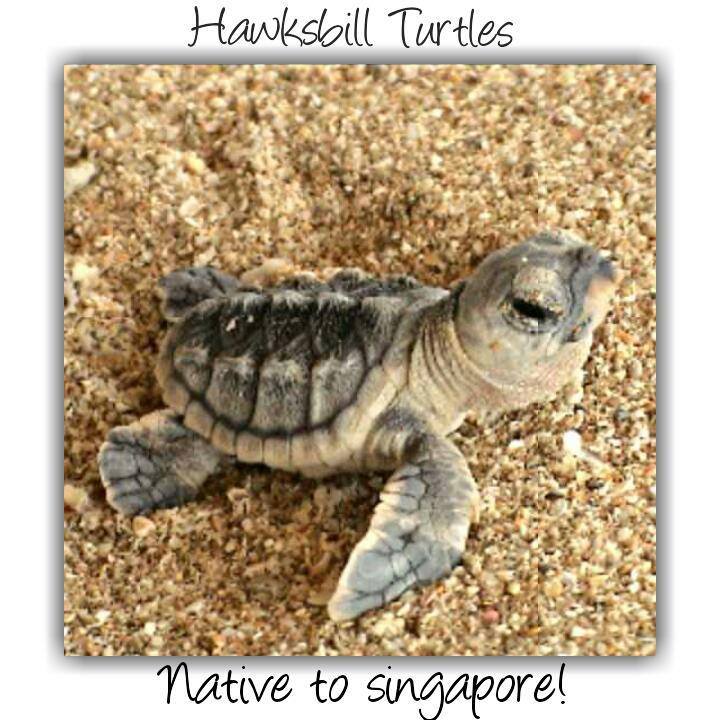 Photo via ACRES
Photo via ACRES
Glaring phone lights?
In the video, you'll notice people shining their phones' flashlights to light the way for the little ones making their way into the water.
There's actually a scientific purpose to doing this — the volunteers' light mimics the reflections of light from the moon, which baby turtles typically follow to find their way into the sea.
Modernisation and a changing landscape has, of course, led to many more sources of light at night, like streetlights and headlights from passing vehicles. These can mislead the hatchlings inland instead, putting them in more dangerous situations more often than not.
[related_story]
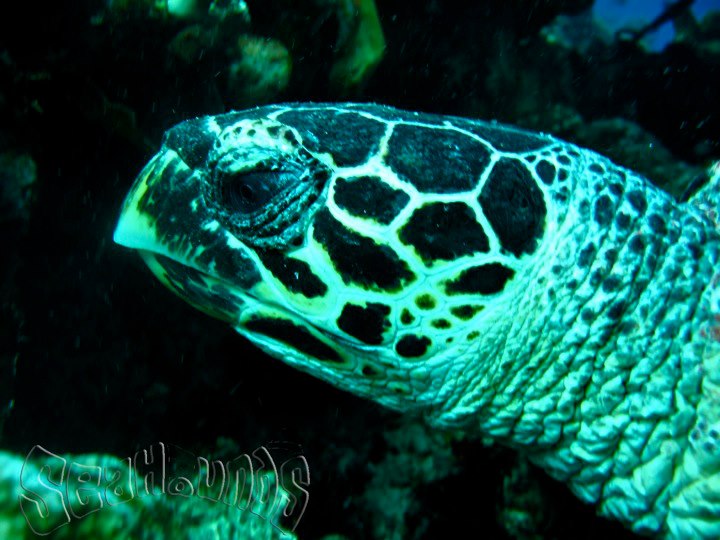 Photo by SeaHounds Singapore
Photo by SeaHounds Singapore
Hawksbill Turtles are internationally acknowledged as critically endangered. The cool thing is, though, that they're regularly sighted along the Singapore Strait.
Females have also been spotted coming ashore at East Coast Park to lay eggs. These shots were taken by divers in and around Singapore's waters:
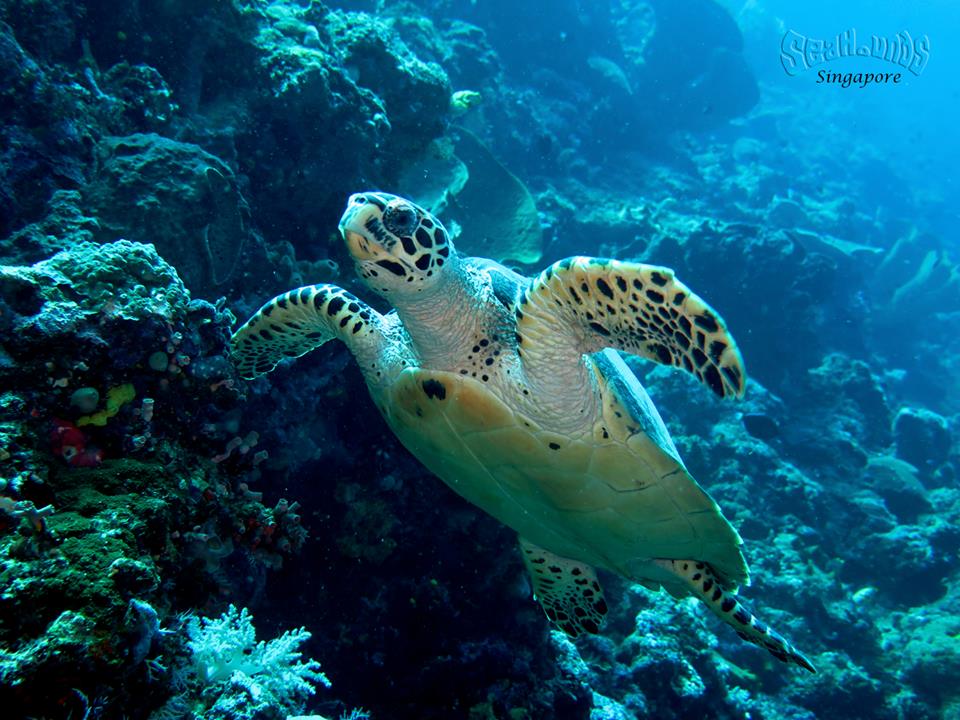 Photo by SeaHounds Singapore
Photo by SeaHounds Singapore
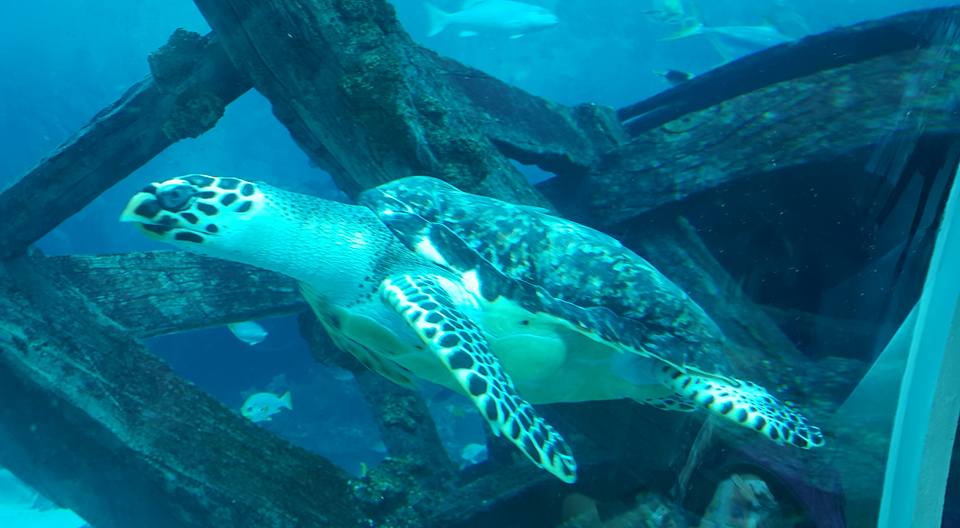 Photo by Janine Ada Formanes
Photo by Janine Ada Formanes
Hawksbills are vulnerable even when they do make it into the sea, though, because they are threatened by sea pollution such as plastic debris and fishing nets, as well as loss of nesting habitats.
Here's what you should do if you ever encounter a nesting turtle:
According to NParks' advisory:
- Call NParks at 1800-4717300.
- Keep your distance from the turtle and the eggs. Touching the turtle may scare or provoke it. Handling the eggs may damage them, or introduce bacteria into the nest.
- Talk softly and stay out of sight. Do not shine lights at the turtle or use flash photography. Light and noise may scare the turtle, and cause it to leave without laying any eggs.
- Keep clear of tracks left by the turtle. Researchers use the tracks to identify the species of the turtle and to locate the nest.
And kudos to NParks officers for their dedication to the wildlife in Singapore:
Here are some equally interesting but totally unrelated stories:
10 investment terms to know so you can finally read annual reports in peace
5 so-called crazy things people could do if they were given $100,000 to save the environment
How to not ruin your holiday when signing up for tour packages
Who looks after our ailing seniors outside of general hospitals?
All photos and video from NParks Facebook page, unless otherwise stated
If you like what you read, follow us on Facebook, Instagram, Twitter and Telegram to get the latest updates.

